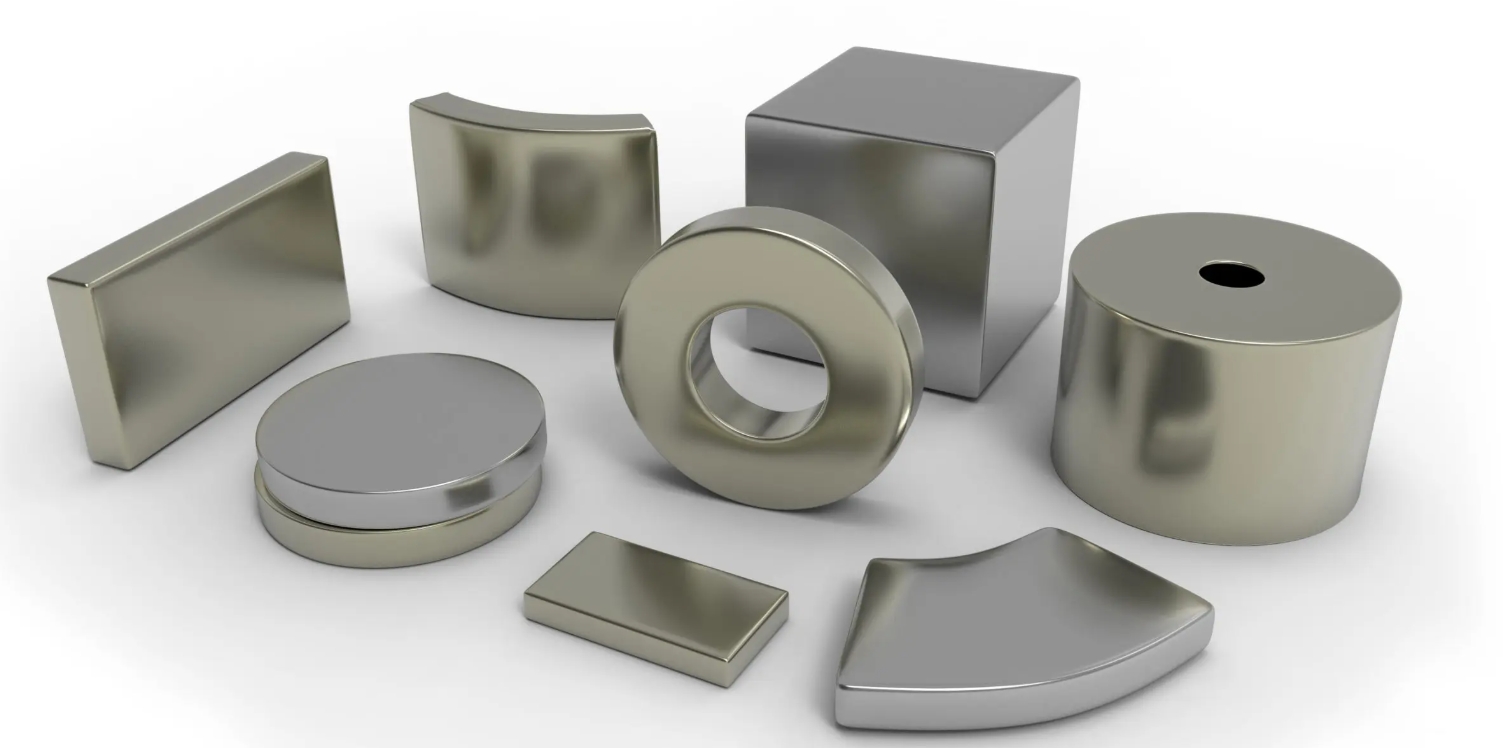
One stop solution for magnetic products

Permanent magnets play a vital yet often overlooked role in the food industry. From preventing contamination to streamlining production processes, these magnets are essential for maintaining both safety and efficiency. Let’s explore how they work and why they matter.
1. The Critical Role of Magnets in Food Safety
In food processing, even tiny metal fragments (from machinery wear, packaging, or raw materials) can pose serious risks. Permanent magnets act as silent guardians:
- Metal Contamination Prevention: Magnets are strategically placed in production lines (e.g., conveyors, grinders, mixers) to capture ferrous particles (iron, steel) before products are packaged.
- Compliance with Standards: Regulatory bodies like the FDA and EU require stringent contamination control—magnets help facilities meet these requirements.
Example: A cereal manufacturer uses magnetic separators to catch metal shavings from worn equipment, avoiding costly recalls.
2. Common Types of Permanent Magnets in Food Applications
- Ferrite Magnets: Cost-effective and corrosion-resistant, ideal for dry environments (e.g., flour mills, spice processing).
- Neodymium Magnets: High-strength magnets for fine metal particle removal in liquids or powders (e.g., dairy, sauces).
- Magnetic Grids and Bars: Installed in pipelines, hoppers, or free-fall zones to intercept contaminants.
Key Feature: Food-grade materials (stainless steel or epoxy coatings) ensure magnets meet hygiene standards.
3. Advantages of Permanent Magnets
- Zero Energy Consumption: Unlike electromagnets, permanent magnets require no power, reducing operational costs.
- Low Maintenance: Durable and resistant to moisture, acids, and high temperatures (depending on grade).
- Non-Invasive: They remove contaminants without altering product quality or flow rates.
4. Key Considerations for Implementation
- Hygienic Design: Magnets must be easy to clean and comply with sanitary standards (e.g., NSF, EHEDG).
- Temperature Resistance: High-temperature processing (e.g., baking, sterilization) may require heat-resistant grades.
- Regular Inspection: Magnets can become saturated with metal debris over time, reducing efficiency.
5. Future Trends
Innovations like smart magnetic separators (equipped with sensors to alert staff when cleaning is needed) and advanced coatings for harsh cleaning chemicals are enhancing reliability in modern food plants.
Conclusion: Small Magnets, Big Impact
Permanent magnets are indispensable in safeguarding food quality and consumer trust. By integrating the right magnetic solutions, the food industry can ensure safer products, reduce waste, and maintain seamless operations.
Search
Categories List
Please give us a message

Beijing Saint Langma Magnetic Technology Co.,Ltd